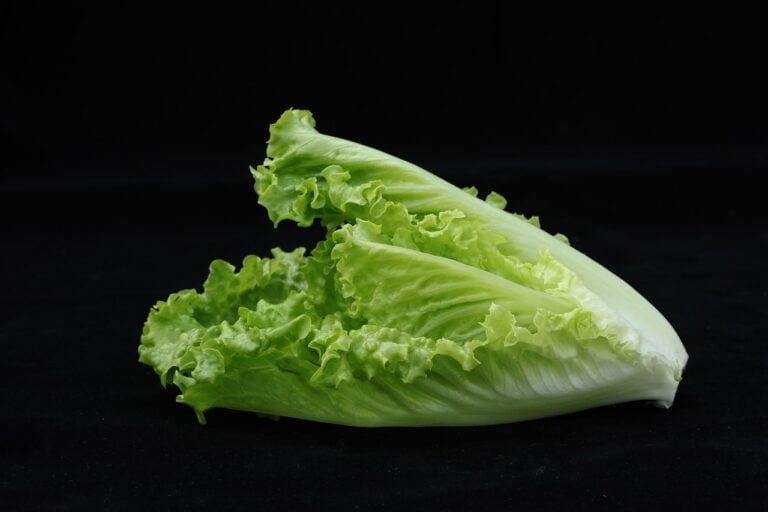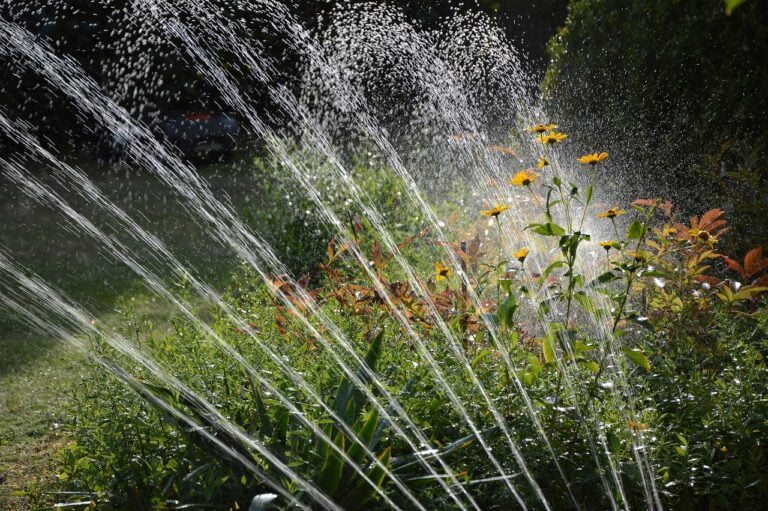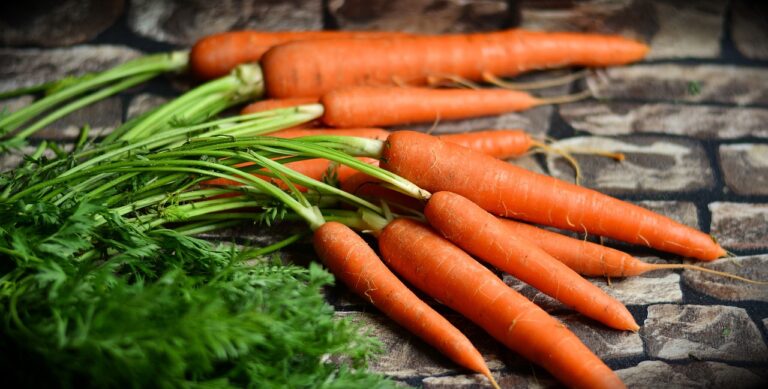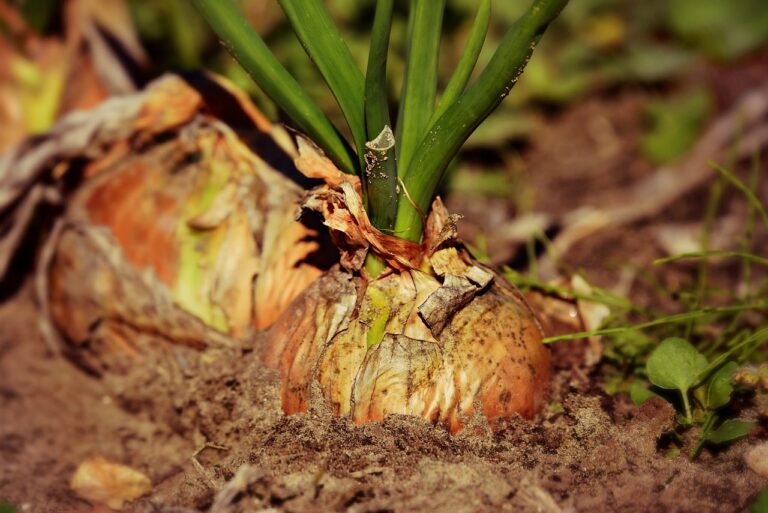When to Harvest Beetroot: A Comprehensive Guide
Are you wondering when to harvest your beetroot? Look no further! This comprehensive guide will provide you with all the information you need. Learn about the importance of timing, how to understand beetroot growth, and the signs of readiness. Discover the factors that affect harvesting time and techniques for harvesting. We'll also share tips for storing freshly harvested beetroot and extending its storage life. Don't miss out on this practical and detailed guide to harvesting beetroot.
Importance of Timing
Timing is crucial when it comes to harvesting beetroot, as it directly affects the quality and flavor of your yield. To serve others with the best tasting beetroot, it is important to know the right time to harvest. Generally, beetroot is ready to harvest around 60-70 days after sowing the seeds. However, the size and color of the leaves can also indicate readiness. When the leaves reach a height of 6-8 inches and the foliage is a vibrant green, the beetroot is usually ready to be harvested. Another indicator is the size of the beetroot itself; it should be around 2-3 inches in diameter. By paying close attention to these timing details, you can ensure that your beetroot is at its peak flavor and texture when serving it to others.
Understanding Beetroot Growth
To better understand beetroot growth, it is important to consider the factors that contribute to its development. Beetroot growth is influenced by several key factors, including temperature, soil conditions, water availability, and sunlight exposure. Beets thrive in cool temperatures between 55-75°F (13-24°C), and they require well-draining soil with a pH level of 6.0-7.5. Adequate water is crucial for beetroot growth, so make sure to water consistently and avoid overwatering or underwatering. Additionally, beets need at least six hours of sunlight daily to grow properly. Understanding these factors will help you provide the ideal conditions for your beetroot plants to flourish. By paying attention to temperature, soil quality, water supply, and sunlight exposure, you can ensure healthy beetroot growth and a bountiful harvest.
Signs of Readiness
You will know that your beetroot is ready to harvest when the roots have reached a diameter of 1 to 3 inches. This is the ideal size for tender and flavorful beets. To determine if your beetroot is ready, gently brush away the soil around the base of the plant and check the size of the roots. The skin should be smooth and the roots should feel firm to the touch. Avoid harvesting beetroot that is too small, as they may lack flavor and texture. On the other hand, if the roots become too large, they can become woody and less enjoyable to eat. By harvesting your beetroot at the right time, you can ensure a delicious and satisfying harvest.
Factors Affecting Harvesting Time
Consider the various factors that can influence when you should harvest your beetroot. Timing is crucial to ensure that you have the best quality and flavor when serving your beetroot. One important factor to consider is the size of the beetroot. Generally, beetroot is ready for harvest when it reaches about 1.5 to 2 inches in diameter. Additionally, the color of the foliage can indicate the readiness of the beetroot. When the leaves start to turn yellow or wilt, it is a sign that the beetroot is ready for harvest. The weather conditions can also affect the harvesting time. During hot and dry weather, beetroot may mature more quickly, while cooler temperatures can slow down the growth. Lastly, the variety of beetroot you are growing can also impact the harvesting time, as different varieties have different maturation periods. By considering these factors, you can ensure that you harvest your beetroot at the ideal time for the best taste and quality.
Harvesting Techniques
Once you've determined that your beetroot is ready for harvest, it's time to learn about the various harvesting techniques you can use. The first technique is hand harvesting, which is suitable for small gardens or when you want to selectively harvest individual beetroots. Simply grab the beetroot by the leafy top and gently pull it out of the ground. Another technique is using a garden fork or spade to loosen the soil around the plants and lift them out. This method is useful when dealing with compacted soil or larger beetroot crops. If you prefer a more efficient approach, you can use a mechanical harvester, which is especially beneficial for commercial growers. It's important to handle the harvested beetroots with care to prevent bruising and damage. With these harvesting techniques, you'll be able to enjoy fresh and delicious beetroot straight from your garden.
Tools for Harvesting Beetroot
To harvest beetroot effectively, you will need the right tools. Here are the essential tools you should have on hand:
- Garden fork: This sturdy tool is perfect for loosening the soil around the beetroot without damaging the roots. Insert the fork into the ground and gently lift the beetroot out of the soil.
- Hand trowel: A hand trowel is useful for carefully digging around the base of the beetroot and loosening the soil. This helps to prevent any damage to the root while harvesting.
- Gardening gloves: Protect your hands from dirt and potential cuts by wearing gardening gloves. They will also provide a better grip on the tools.
- Pruning shears: If the beetroot leaves are still attached, use pruning shears to cut them off. This will make it easier to handle the beetroot.
Having these tools ready will ensure a smooth and efficient beetroot harvesting process. Remember to handle the beetroot with care to avoid any unnecessary damage.
Storing Freshly Harvested Beetroot
To store freshly harvested beetroot, you will need proper storage conditions. First, remove the leaves and stems from the beetroot, leaving about an inch of the stem intact. This will prevent the beetroot from bleeding excessively. Before storing, gently wash the beetroot to remove any dirt. Make sure to dry them thoroughly to prevent rotting. Next, find a cool and dark place for storage, such as a root cellar or a refrigerator. The ideal temperature for beetroot storage is around 32 to 40 degrees Fahrenheit. Place the beetroot in a container filled with damp sand or sawdust to maintain moisture. Check the beetroot regularly for any signs of spoilage and discard any that appear soft or moldy. By following these storage guidelines, you can enjoy fresh beetroot for weeks to come.
Tips for Extending Storage Life
To extend the storage life of freshly harvested beetroot, you can implement a few simple tips and techniques. First, make sure to remove the leafy tops from the beetroot as soon as possible, as they tend to draw moisture and nutrients from the roots. Leaving about an inch of the stem attached to the beetroot can prevent bleeding and help retain moisture. Next, gently brush off any excess dirt, but avoid washing the roots, as moisture can lead to rotting. Store the beetroot in a cool, dark, and dry place, such as a basement or cellar. Wrapping each beet individually in paper or storing them in a perforated plastic bag can help maintain their freshness. By following these storage tips, you can enjoy the delicious taste of your freshly harvested beetroot for a longer period of time.
Harvesting Beetroot Greens
To harvest beetroot greens, you should carefully remove the leaves from the beetroot plants using a sharp knife or scissors. Begin by selecting mature plants with large, vibrant leaves. Avoid damaging the root by cutting the stems about an inch above the crown. Gently tug on the leaves to separate them from the plant, or trim them close to the stem. Be sure to remove any damaged or yellowing leaves. Rinse the greens thoroughly to remove any dirt or debris, and pat them dry with a clean kitchen towel. Beetroot greens are delicious when sautéed with garlic and olive oil, or added to salads for a fresh and nutritious boost. Enjoy the fresh flavors of your homegrown beetroot greens!
Common Mistakes to Avoid
One common mistake to avoid when harvesting beetroot is not selecting mature plants with large, vibrant leaves. The size and color of the leaves are indicators of the plant's maturity and overall health. Immature plants with small, pale leaves may not have developed the full flavor and sweetness that mature beets possess. Additionally, these smaller plants may not yield as much beetroot as larger ones. Another mistake to avoid is harvesting beetroot too early. It's important to wait until the roots have reached a desirable size, usually around 2 to 3 inches in diameter. Harvesting too early can result in small, underdeveloped beets that lack the desired texture and taste. Remember to be patient and allow your beetroots to reach their full potential before harvesting.
Conclusion
In conclusion, harvesting beetroot at the right time is crucial for optimal flavor and texture. By understanding the growth stages and signs of readiness, you can ensure a bountiful harvest. Factors such as soil conditions, weather, and variety also play a role in determining the ideal harvesting time. Using proper techniques and storing freshly harvested beetroot correctly will help extend its shelf life. Don't forget to harvest the nutritious beetroot greens as well. Avoid common mistakes to maximize your beetroot harvest.






